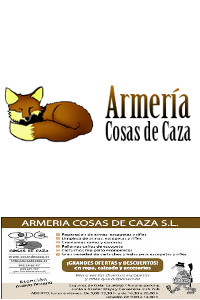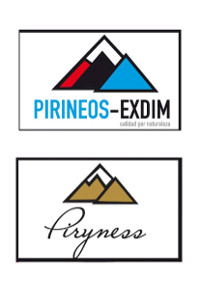Sidebar
Glossary
Page Class Suffix is a parameter in Joomla! content Menu Items. It is set in the Menu Item: [Edit] screen under the "Parameters (Advanced)" section. This will cause Joomla! to either add a new CSS class or modify the existing CSS class for elements in this specific Menu Item layout.
When Joomla! generates a page, it automatically creates pre-defined CSS classes to allow styling of the page. For example, a page might have the element
<div class="componentheading">To create a new class, enter the parameter with a leading space. For example, entering a space plus "myNewClass" will create a new CSS class called "myNewClass" and it will be inserted as a class for elements in that Menu Item. In this case the example above will be changed to
<div class="componentheading myNewClass">To change the name of the existing class, enter in the parameter without a leading space. For example, entering "_mySuffix" (no leading space) will cause the HTML to changed to
<div class="componentheading_mySuffix">Generally, it is recommended to use a leading space to create a new class. This way, CSS styling for this component that uses the standard class names will continue to work. You can use the new class name to add any desired styling to the component without needing to re-create all of the existing CSS code. Note that, if you create a new class name, make sure it has a unique name and doesn't conflict with any existing class names.
Reference: http://docs.joomla.org/Glossary
See Language Override, Alternative Menu Item, Template Override, and Layout Override.
Records the number of times a specific page or item is accessed. Joomla tracks hits for many item types, for instance, an article or a banner ad.
The term patch file is used for two different file types. The term patch file is sometimes used to refer to archive files that allow you to upgrade from one Joomla! version to another (for example, from version 1.0.0 to version 1.0.7). These upgrade files are also referred to as upgrade packages.
The other meaning for a patch file is a file created by source code version control software -- for example, Subversion or SVN, which is used for the Joomla! source code. This type of patch file contains instructions for changing the contents of one or more source code files. The SVN software reads the patch file and then can automatically change the source code of the files being patched.
Patch files are used by the Bug Squad to test proposed bug fixes. They can also be used to contribute proposed new features to the version under development.
For more information about the structure of SVN patch files, read Learn more about patch files.
Adjusting a core Joomla file (i.e., the files that you uploaded before installing Joomla!). Any changes you make to core files will be overwritten during the next update, thus core hack is not recommended. In most cases, there are alternative workaround to change Joomla without hacking the core.
The fifth revision of the HTML standard. It is still under development but is expected to become a new standard for web pages that eventually is expected to replace XHTML. It provides improved processing of audio and video files and is supported by most mobile devices.
A scripting language that runs inside the client browser, used in many web applications. In Joomla, JavaScript has become an important part to enhance the user interface and provide AJAX functionality.































